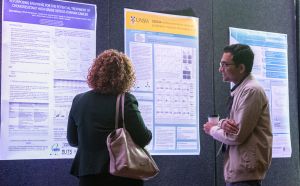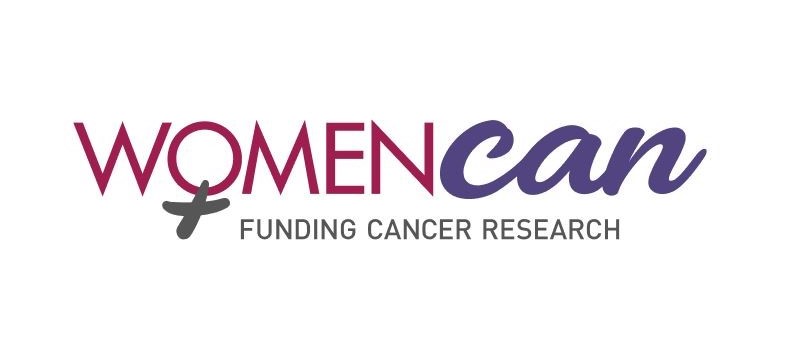Research
Virtually every advance in cancer survival has been made on the back of clinical trials.
As the peak, national gynaecological cancer clinical trials organisation for Australia and New Zealand, ANZGOG‘s purpose is to improve outcomes and quality of life for women with gynaecological cancer by conducting research.
We conduct and promote clinical trials and undertake multidisciplinary research into the causes, prevention and treatments of gynaecological cancers.

Research Community Volunteers will have the opportunity to contribute to ANZGOG research at every stage of the development process.
Community volunteers will lend their voices to research discussions sharing their personal perspective and representing the broader views of people with lived experience of gynaecological cancer.
Opportunities range from sharing your lived experience as a participant on a research grant working party or a Trial Management Committee, through to Research Advisor and Expert roles requiring additional levels of education and expertise in research analysis.





